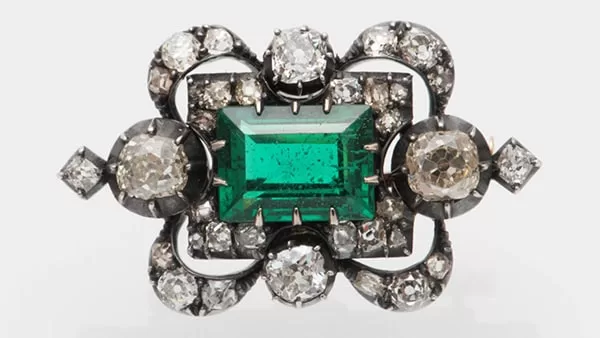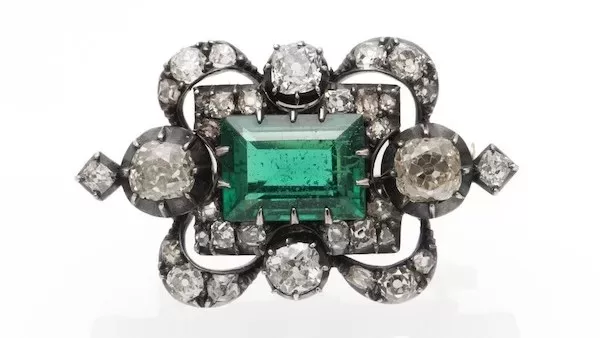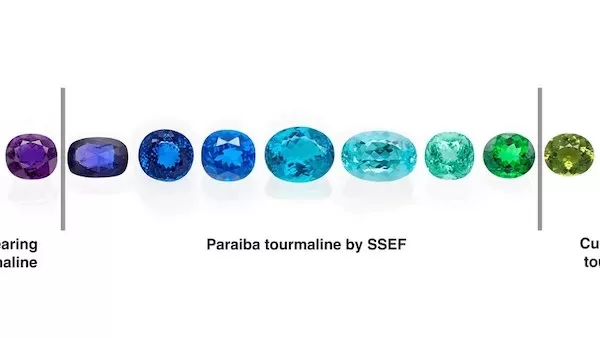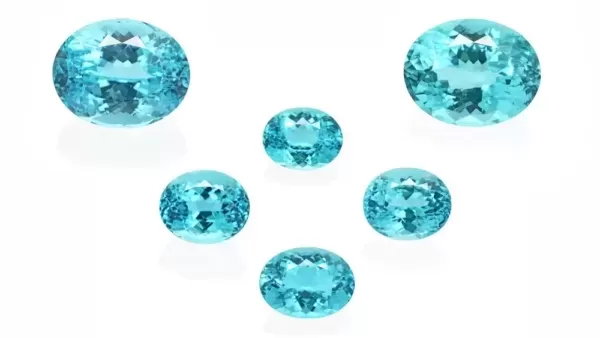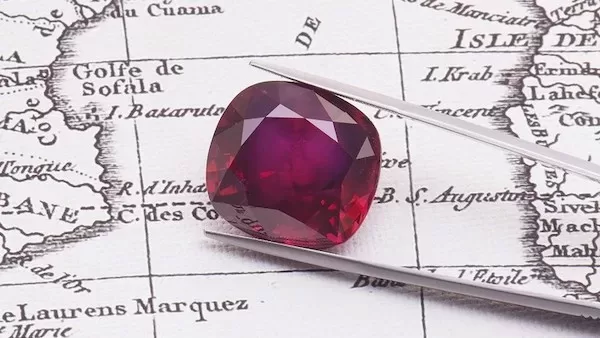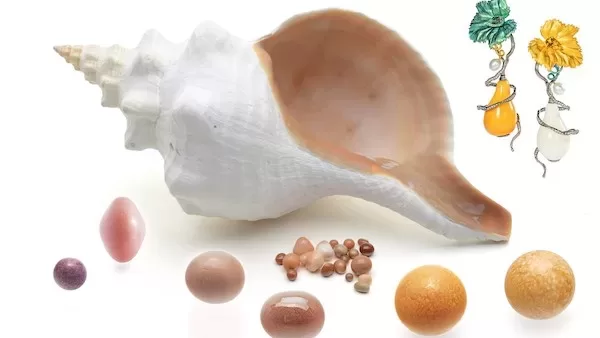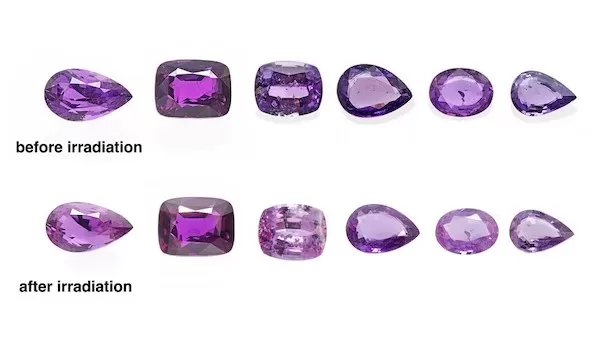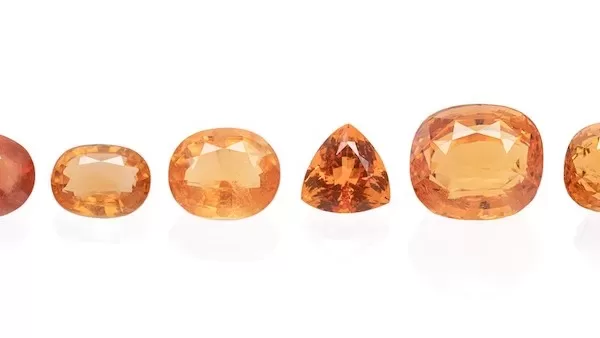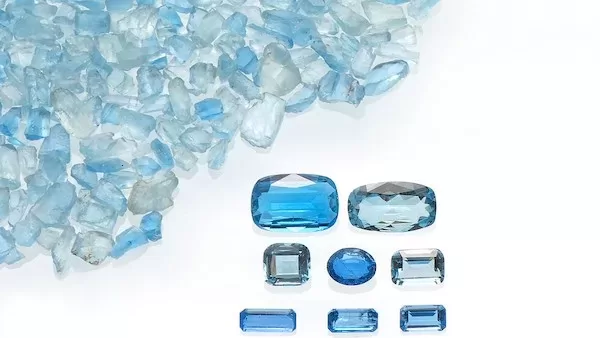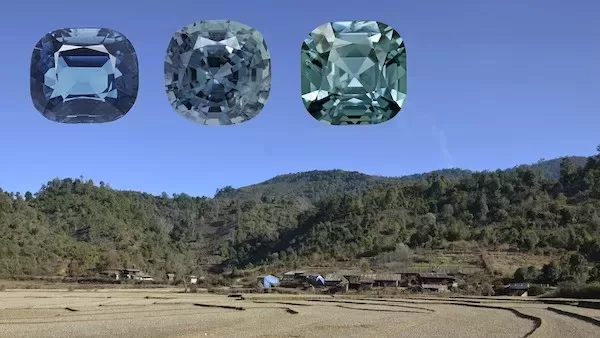もっと見たいですか?SSEFリサーチライブラリーで数百の出版物をご覧ください。
ブログ
SSEF News with a Focus on Antique Gems and Jewellery (2024)
Presentation by Dr. Michael S. Krzemnicki at the Swiss Gemmological Society SGG meeting in June 2024. Download Pdf Want to learn more about rubies? Start your journey to becoming an ruby expert with our free online course “Introduction to rubies”. Learn all about rubies. Their fascinatin
Low-temperature heating of corundum: possibilities and challenges for detection
Heat treatment is generally applied to gemstones to change and enhance their colour. Over the past few decades, it has become a very common practice for certain gem species, such as aquamarine, amethyst (resulting in citrine), copper-bearing tourmalines (Paraiba), tanzanite, and notably for any colo
Unravelling the secrets of antique jewellery
Testing of antique jewellery at SSEF may provide insights which go far beyond simple gem testing. They add valuable information to the jewel, starting from its design and craftsmanship in the making, the choice of colours and qualities of gemstones, or the facet arrangement and proportions of old cu
Vanadium chrysoberyl
Vanadium as a colouring element is quite often underestimated, mostly as it is often associated and acting together with chromium, a chemical element with a similar geochemical behavior and paragenetic occurrence but which is historically better known in the trade and easier to detect with simple to
The colour range of Paraiba tourmalines
Paraiba tourmalines owe their attractive colour to the presence of copper. In the best case, this gives rise to a vivid blue colour, also known in the trade as ‘neon’ blue or ‘electric’ blue and not known from any other gemstone in nature.
Exceptional set of tourmalines
Paraiba tourmaline is among the most highly prized of gems today and they are sought after for their vivid colour ranging from blue to green.
Estrela de Fura: an exceptional ruby of 55 ct
On the 8th of June 2023, the Estrela de Fura ruby was sold at Sotheby’s in New York for a world record price of US$ 34.8 million. This ruby of 55.22 ct was cut from a 101 ct piece of rough, discovered in July 2022 near Montepuez in Mozambique, in a mine operated by the Fura Gems company.
Pigeon blood red ruby from Vietnam
Recently, a beautiful Vietnamese ruby of 2.10 ct and vivid red colour was submitted to SSEF for testing. Microscopic observations and chemical trace element analysis confirmed its Vietnamese origin and our colour grading protocol revealed that this stone was well fitting to be called ‘pigeon blood
Visit to Japan’s pearl farms
Having attended the IGC conference in Tokyo in October 2023, Dr. Michael S. Krzemnicki and Dr. Laurent E. Cartier took some time to travel south to visit the cultured pearl trading hub of Kobe and pearl farmers in Mie prefecture.
Exceptional non-nacreous pearls and pearl jewellery
Over the past few months, we have again analysed a number of outstanding, historic, or gemmologically interesting pearls. These include natural pearls from gastropods and non-nacreous shells.
SSEF GemTrack™: exceptional cases from the last few months
Since January 2019, SSEF offers the gem trade a tracking service and document, known as SSEF GemTrackTM. It not only allows the client to track a gemstone in time, but is also an attractive option for our clients to tell the story of the provenance of a specific and exceptional gemstone to their cus
Effects of gamma irradiation on ruby and pink sapphire: an update
Gamma irradiation is a treatment method that may enhance the colour and visual appearance of gemstones, such as diamond, topaz, quartz, and corundum, to name a few. This treatment method uses strong gamma rays, either from radioactive isotopes like cobalt-60 (60Co) or from a linear accelerator (LINA
Orange sodalite from Afghanistan
Sodalite, a complex tectosilicate with the ideal formula Na8Al6Si6O24Cl2 is known in the trade mostly as dark blue ornamental material, often as translucent to nearly opaque beads and cabochons, but in rare cases also as transparent faceted stones.
Spinel from Afghanistan
Since ancient times, the Badakhshan Province in northeastern Afghanistan has been known for its gem deposits, most prominently the lapis lazuli mines near Sar-e Sang in the Kokcha valley.and cabochons, but in rare cases also as transparent faceted stones.
Afghanite from Badakhshan in Afghanistan
Afghanistan is known since ancient times as source of exceptional gems, namely lapis lazuli, tourmalines, beryls, rubies and spinel (Bowersox & Chamberlin 1995). Apart from these rather classic gemstones, Afghanistan is also source for numerous rare collector minerals, such as väyrynenite, triplit
Sapphires of ‘teal’ colour from Pein-Pyit, East Mogok
The Mogok area in northern Myanmar has been known as a major source of rubies and other gems since historic times. Often referred to as the ‘Mogok Stone Tract’, this gem-rich area is located within the central part of the Mogok Metamorphic Belt which forms part of a larger metamorphic belt struc
Ruby with xenotime inclusion: age dating provides evidence of east african origin
Rubies from marble deposits are chemically rather similar, regardless of whether they originate from marbles in Myanmar, Vietnam, Tajikistan, or even from Tanzania or other countries in East Africa.
Successful dating of zircon inclusion in ruby despite intense heat-treatment
Age dating of zircon inclusions in rubies and sapphires can provide useful information for origin determination. Zircon is a mineral which usually incorporates uranium when it is formed, and this uranium is decaying to lead over time enabling age dating by measuring their ratio.
